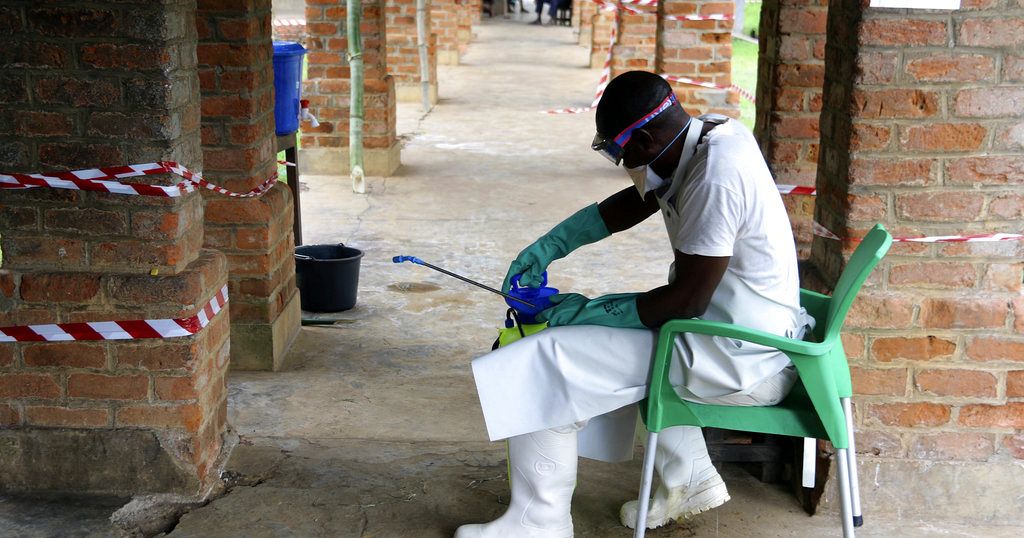Source: https://www.reuters.com/world/africa...es-2023-05-23/
Namibia declares outbreak of Crimean-Congo fever after patient dies
Reuters
May 23, 20231:18 PM EDTUpdated 5 hours ago
WINDHOEK, May 23 (Reuters) - Namibia has declared an outbreak of Crimean-Congo haemorrhagic fever (CCHF) after one person died of the disease in the capital Windhoek, the government said on Tuesday.
The patient was suspected of having the virus when he was first treated at a clinic in the eastern city of Gobabis on May 16. He was later transferred to Windhoek Central Hospital, where he died on May 18, the Health Ministry said in a statement.
Laboratory results confirmed he had CCHF, which is a tick-borne virus that can also transmit between humans by close contact with blood or bodily fluids. It has a fatality rate of between 10% and 40%, the World Health Organization says...
Namibia declares outbreak of Crimean-Congo fever after patient dies
Reuters
May 23, 20231:18 PM EDTUpdated 5 hours ago
WINDHOEK, May 23 (Reuters) - Namibia has declared an outbreak of Crimean-Congo haemorrhagic fever (CCHF) after one person died of the disease in the capital Windhoek, the government said on Tuesday.
The patient was suspected of having the virus when he was first treated at a clinic in the eastern city of Gobabis on May 16. He was later transferred to Windhoek Central Hospital, where he died on May 18, the Health Ministry said in a statement.
Laboratory results confirmed he had CCHF, which is a tick-borne virus that can also transmit between humans by close contact with blood or bodily fluids. It has a fatality rate of between 10% and 40%, the World Health Organization says...


Comment